Grouper Fish Guide: Habitat, Care, Breeding & Fun Facts
Learn all about Grouper fish—habitat, care tips, behavior, breeding, and jaw-dropping facts. A must-read for aquarists and ocean life lovers!
Table of Contents
- Native Habitat
- Number of Species
- Longevity: How They Live Longer
- Social Life: Do They Live in Groups?
- Distribution Range
- Breeding Behavior
- Survival Skills
- Maximum Size
- Optimal Water Temperature
- Food Habits & Diet Plan
- Male vs Female Grouper Fish
- Do's and Don'ts
- Faq
- Conclusion
Respected for their size, powerful physique, and curious disposition, Grouper fish are some of the ocean's most intriguing residents. Thanks to their impressive coloration, sneaky attack mode, and special capacity to shift sex, groupers have been of enduring interest to divers, marine scientists, and aquarists for a long time. These bottom-dwelling creatures are not only beautiful to look at but are also essential to keeping reef ecosystems in balance. Whether you're an underwater adventurer, an inquisitive student, or simply thinking of adding a grouper to your home aquarium, this blog explores it all about these amazing fish—from natural habits and behaviors to tank maintenance, breeding, and surprising little facts.
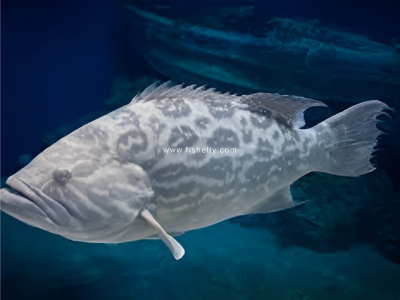
Native Habitat
Groupers are generally distributed in warm tropical and subtropical waters, especially around coral reefs and rocky seabeds. They are most concentrated in the Atlantic Ocean, Indian Ocean, and Western Pacific, where they flourish in regions such as the Caribbean Sea, Gulf of Mexico, and Southeast Asian coastlines.

Number of Species
There are more than 160 known species of groupers, some of the most well-known of which are:
Nassau Grouper
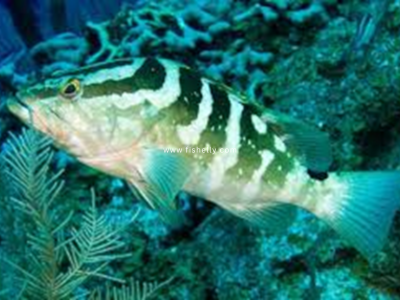
Red Grouper

Goliath Grouper
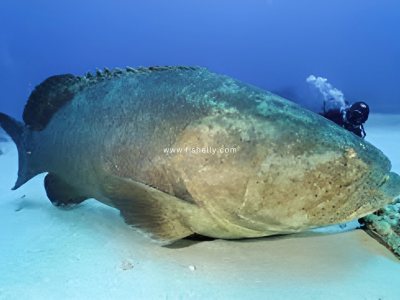
Black Grouper

Giant Grouper (Queensland Grouper)
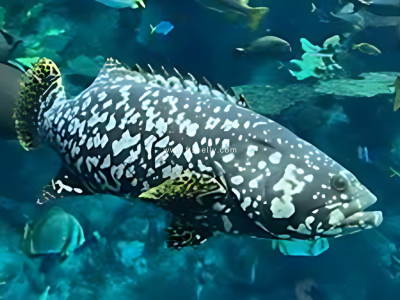
Longevity: How They Live Longer
Groupers are long-lived fish. Depending on the species, they live for about 40–50 years in the wild. Their late maturity and slow growth rate enable them to live longer, but it also exposes them to overfishing.
Social Life: Do They Live in Groups?
Surprisingly, groupers are predominantly solitary predators. They might come together in groups during breeding season or hiding out in crevices in a reef but remain otherwise mostly solo. A few species even form spawning aggregations.

Distribution Range
Groupers inhabit a broad distribution ranging from near-shore reefs to open seas off hundreds of meters up to 200 meters deep. Both the Atlantic and Indo-Pacific hosts them and the tropics and subtropics widely extend to spread across the oceans.
Breeding Behavior
Most groupers are protogynous hermaphrodites—they begin life as females and transform into males as they age. Spawning typically occurs in aggregations in certain lunar cycles. Females spawn eggs in open water, which are then fertilized by males. Larvae float within the plankton before settling.
Survival Skills
Groupers are ambush feeders. They live among coral or rocks and catch prey swiftly. They have wide mouths with which they create suction to suck up fish, octopuses, or crustaceans. Their coloring ensures effective camouflage.
Maximum Size
Groupers can become enormous! The Goliath Grouper reaches over 8 feet (2.5 meters) in length and over 800 pounds (360 kg) in weight. Even species designed for aquarium use can be up to 2–3 feet in size, so design your tank with that in mind!
Optimal Water Temperature
In tanks, keep the water temperature at 75°F to 82°F (24°C to 28°C). Slightly alkaline water with a pH of approximately 8.1 to 8.4 is preferred by them, and good filtration is essential.
Tank Setup
Tank Size: Minimum 250 gallons for small species; larger for giants.

Hiding Spaces: Rocks and caves should be used for hiding places.
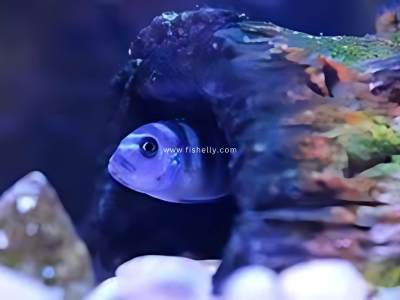
Substrate: Sand or fine gravel.

Water Flow: Moderate to strong.

Lighting: Moderate, simulating reef conditions.

Food Habits & Diet Plan
Groupers are meat-eaters and like:
Live or frozen fish
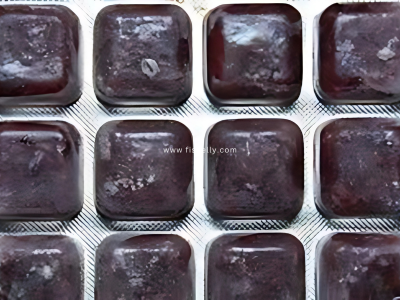
Shrimp
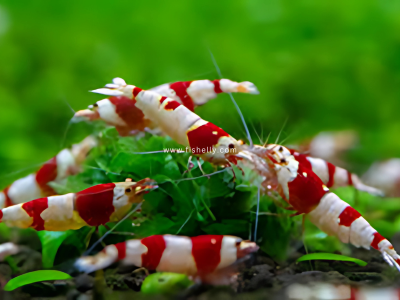
Squid
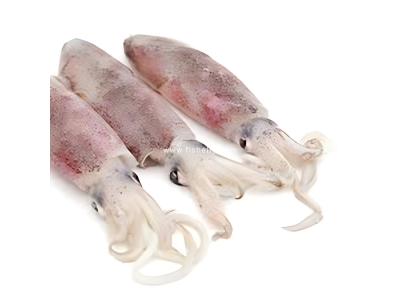
Crustaceans
Feed them 2–3 times a week in captivity. Do not overfeed to keep water quality up and prevent obesity.
Male vs Female Grouper Fish
Male Grouper:
Typically larger and older than females
Often the leader fish in the group
Becomes a male from a female by sex change
May exhibit territorial or mating behavior
Occur in fewer numbers (as not all females become male)
Performs the fertilizing role during spawning

Female Grouper:
Generally smaller and younger
Generally the initial sex at birth
Does not change sex unless a sex change is initiated
Less territorial, usually more passive
More in numbers in populations
Occupies the egg-laying role during spawning

Do's and Don'ts
Do's:
Give ample space.
Provide stable water quality.
Feed a protein diet.
Provide hiding places.
Don'ts:
Don't keep them with small fish (they'll eat them).
Don't keep two aggressive groupers in a small tank.
Don't neglect regular tank maintenance.
Interesting Facts About Groupers
Some groupers bark or grunt with sounds made by their swim bladders.
The Giant Grouper has the capability to crush lobsters and crabs with its strong jaws.
Groupers also share a mutual hunting relationship with moray eels in their natural habitat.

Faq
1. What is a grouper fish?
A large, reef-dwelling fish known for strength and camouflage.
2. Where do they live?
Warm tropical oceans—Caribbean, Gulf of Mexico, Southeast Asia.
3. Can I keep one in a tank?
Yes, but you need a big tank (250+ gallons).
4. How big can they get?
Up to 8 feet and 800+ pounds (in the wild).
5. Do they live alone?
Yes, mostly solitary except during breeding.
6. How long do they live?
40–50 years.
7. Are they aggressive?
Yes, especially toward smaller fish.
8. How do they breed?
Start as females, some turn male; spawn in open water.
9. What do they eat?
Shrimp, squid, fish, crustaceans—2–3 times a week.
10. What kind of tank do they need?
Large, with caves, sand, good filtration, and warm water.
11. How to tell male from female?
Males are larger, older, and were once female.
12. Do they make sounds?
Yes, they can grunt or bark.
13. How many species are there?
Over 160, including Goliath and Red Grouper.
14. Why are they important?
They balance reef ecosystems.
15. Are they hard to keep?
Yes, they need space, care, and stable conditions.
Conclusion
Groupers are grand ocean giants that are famous for their massive size, long lifetime, and intriguing characteristics such as sex change and cooperative hunting. Though they require special attention, room, and empathy—particularly in captivity—they repay keepers with their dramatic presence and character. Whether in nature or an aquarium, a knowledge of their place in ocean ecosystems and proper care provides for these incredible fish to continue inspiring admiration and respect deep below.
Got questions or tips? Drop them in the comments!






